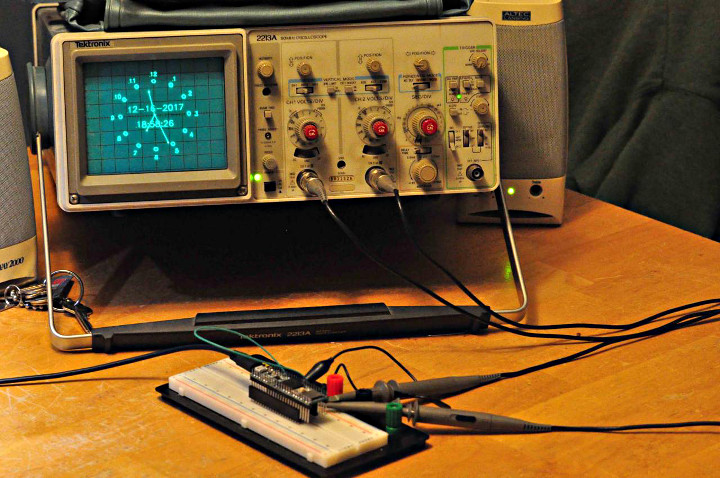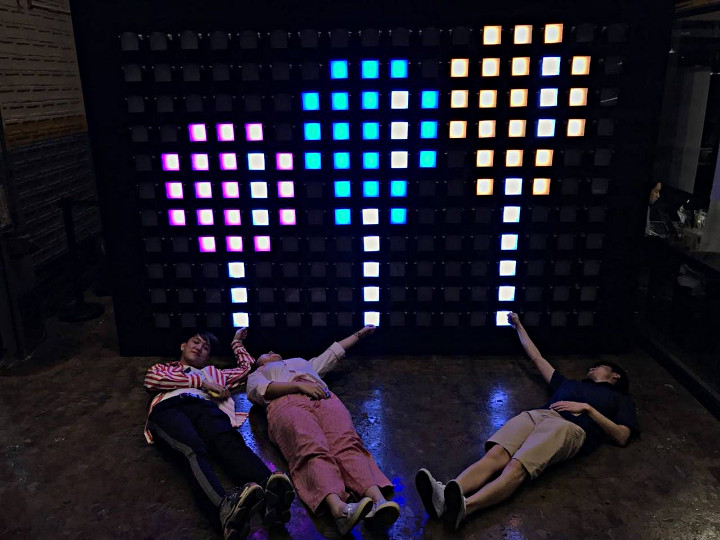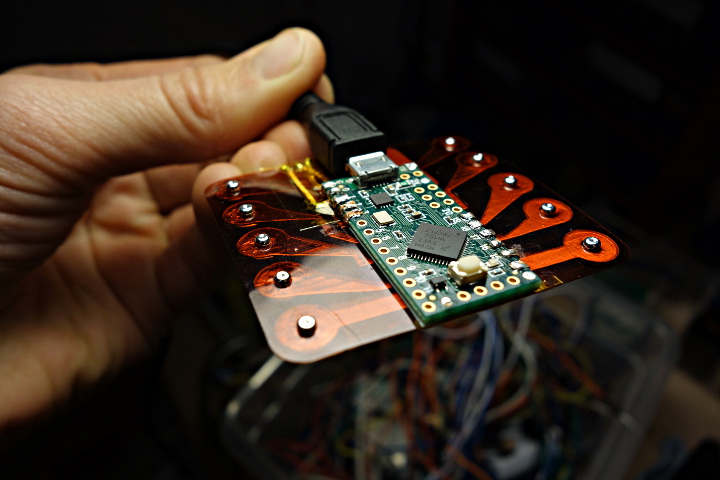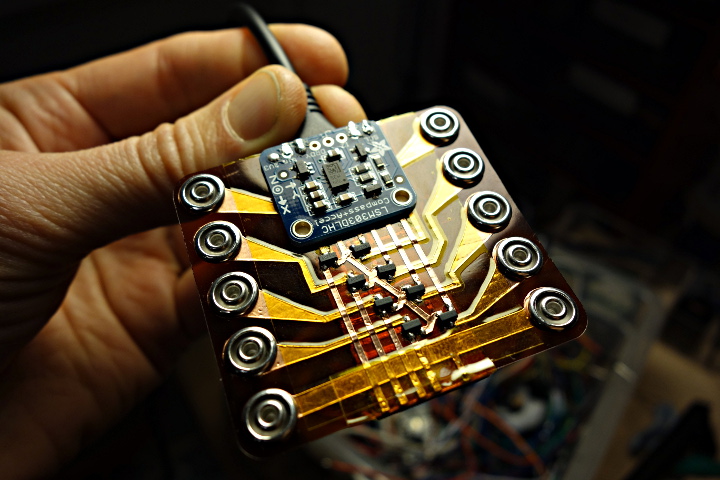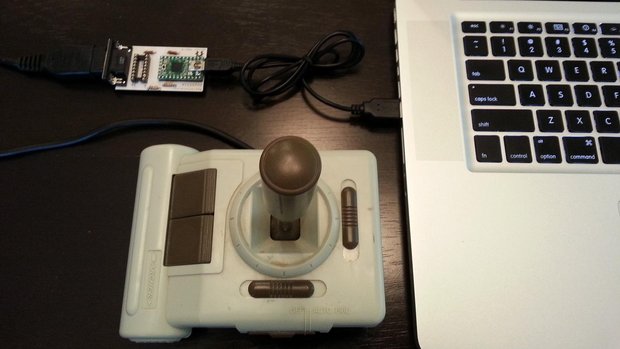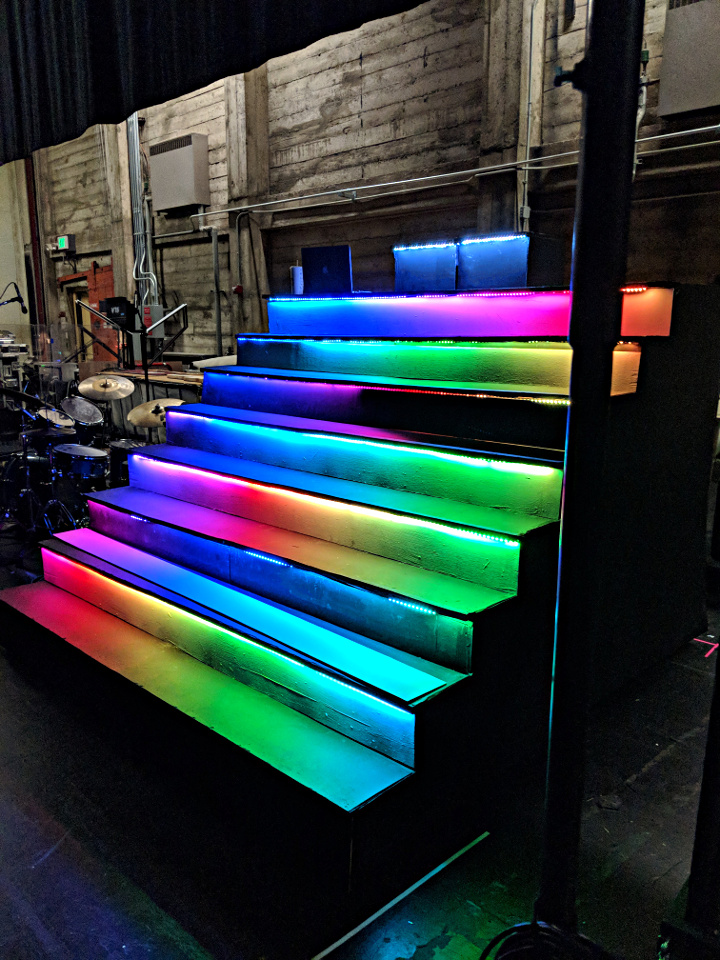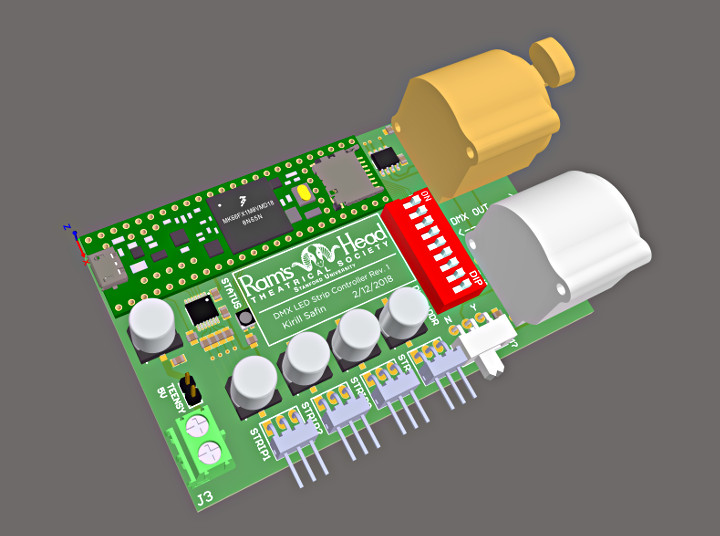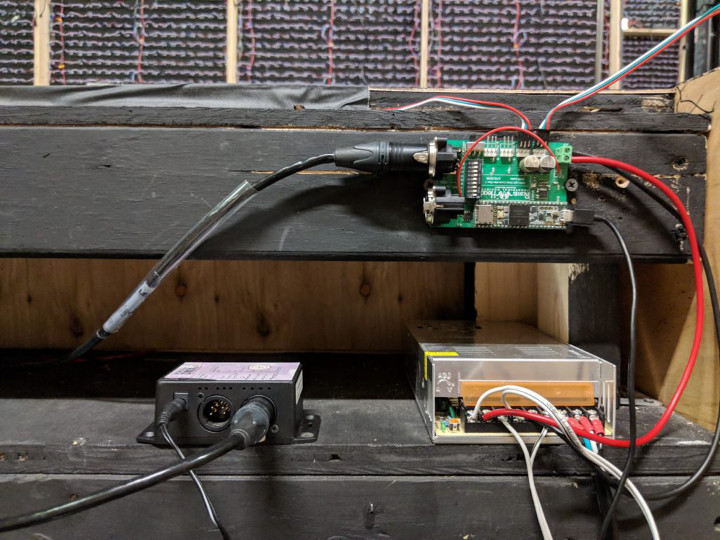Michael Niles developed and made the Beacon notification system.
![]()
Beacon is a hardware device and computer software built for the sole purpose of notifying one or more persons of user-defined events. It can be used for anything that can execute a command line application when something happens such as email clients, software monitoring, and task scheduling. The device utilizes similar methods to cell phones for notification (sounds, flashing lights, and vibration). Beacon connects to a computer via USB


